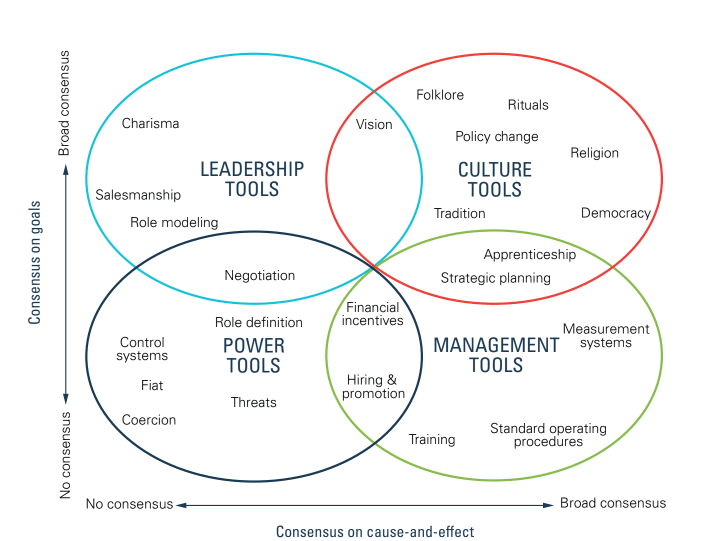There has been no shortage of news coverage around the impending childcare cliff we will encounter if the government doesn’t arrive at an agreement to continue funding childcare centers in the US.
Testimonies to Congress over the past week have refocused the nation on the fact that, as labor economist Kathryn Edwards stated, “…childcare is a market failure. There is insufficient supply of care given the demand in the economy, coupled with unsustainable price increases. Over the past 30 years, prices for childcare have increased more than housing, food, energy, medical care, or the poster child of high prices: prescription drugs.” She also added, “Decades of research show us that when childcare is unaffordable or inaccessible, mothers will leave the labor force.”
Working parents need childcare to work, and individuals leaving the labor force negatively affects the economy. If the government doesn’t agree to a funding proposal, childcare will get more expensive and individuals will be priced out of the market. As a result, “Families will internalize the cost of child care the way they have for years: by having fewer children and working less,” emphasizes The Washington Post. Lower birth rates mean a shrinking workforce and lower tax base in future generations.
Yet, within the national dialogue and congressional testimonies, a key talking point is missing. While there may be some discussion around the cause-and-effect relationship of funding childcare, there is a lack of focus around the key goals of funding it. And, as a result, the government appears stuck.
When progress is stymied due to a perceived lack of consensus on outcomes, the Christensen Institute’s Tools of Cooperation (ToC) framework can be effective in moving bipartisan discussions toward resolutions. I recently applied this framework to our national crisis around maternal health. You can access that report here: If health is wealth, America’s working mothers are living in extreme poverty.
The truth is, both sides of the aisle agree on more than they realize. But they aren’t framing the dialogue in a way that allows them to capitalize on that agreement.
Tools of Cooperation: A brief primer
How can leaders convince individuals to cooperate and work together? There are a variety of tools, ranging from motivational, visionary speeches to command-and-control orders that an individual can use to elicit cooperative behavior. These are called the Tools of Cooperation.
The first important thing to know is that most of these tools don’t work most of the time.
As a result, leaders often fail when trying to manage change, since the tools they use waste credibility, energy, and resources. Therefore, the most important upfront action is to assess one’s circumstance in terms of stakeholder agreement on what the goals of the society should be and how it can achieve them.
Figure 1 depicts these two variables. The vertical axis measures the extent to which the people involved agree on the goals. In other words, what do they want? This incorporates the results they seek from being part of the community, to what their values and priorities are, to which trade-offs they are willing to make to achieve those results. The extent of agreement can range from none (at the bottom) to complete agreement (at the top).
The second dimension is plotted on the horizontal axis. It measures the extent to which the people involved agree on cause and effect—which actions will lead to the desired result. In other words, how will we achieve our goals? On the right-hand side, strong agreement on cause and effect implies a shared view of the processes that should be used to get any particular outcome, whereas little agreement on cause and effect places a society or organization on the left-hand side of the diagram.
Figure 1. The Tools of Cooperation

Leaders seeking a specific change will find that figuring out their constituents’ placement on this diagram is time well spent. Getting the diagnosis right has profound implications for how to roll out any proposed change.
Consensus on the cause-and-effect and goals of funding affordable childcare
Looking at the issue of the childcare cliff through the lens of the ToC highlights that there is more bipartisan consensus than one might realize at first glance.
Cause-and effect: It appears clear from historical examples that the government’s unwillingness to agree upon childcare funding beyond September 30th will be detrimental to the national economy. Without affordable infrastructure in place, parents—mostly mothers—will be forced to leave the labor force. There is a clear cause-and-effect relationship here.
The flip-side of that coin is that with appropriate funding, more working parents will be able to stay in the workforce—or even join or rejoin it—to the benefit of individual families, employers, and the national economy.
Goals: As a country rooted in the pursuit of prosperity, there is broad consensus at the cultural level around the goals of continued national prosperity and the ability for individuals to thrive. In pursuit of these goals, the government invests in infrastructure that powers our economy. When roads or schools are needed, we use federal funds to create and repair them. To promote prosperity through national defense, we fund the military. Childcare is societal infrastructure that enables parents to work in support of the national goals of prosperity and thriving.
Because there is broad consensus on both the goals and cause-and-effect axes of this issue, we are in the Culture Tools quadrant, and the ToC framework makes the path forward clear. Therefore, a bipartisan agreement can be accomplished and there should be no more indecision. There is alignment on the desired outcomes, not misalignment. An agreement to fund childcare is a critical infrastructure investment that will not only keep parents, and especially mothers, in the workforce, but it is an investment in our national prosperity.
So, as we get ever closer to September 30th, working parents are impatiently asking, “What will we do if our leaders let childcare topple over the edge of the cliff?” I would add, “Will leaders leverage the tools at their disposal to support the outcomes their constituents agree are worth pursuing?”
They can and they should.
Time will tell.
But the clock is ticking.


